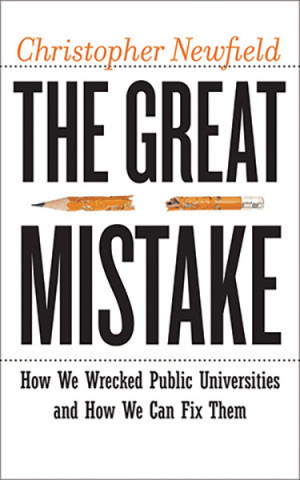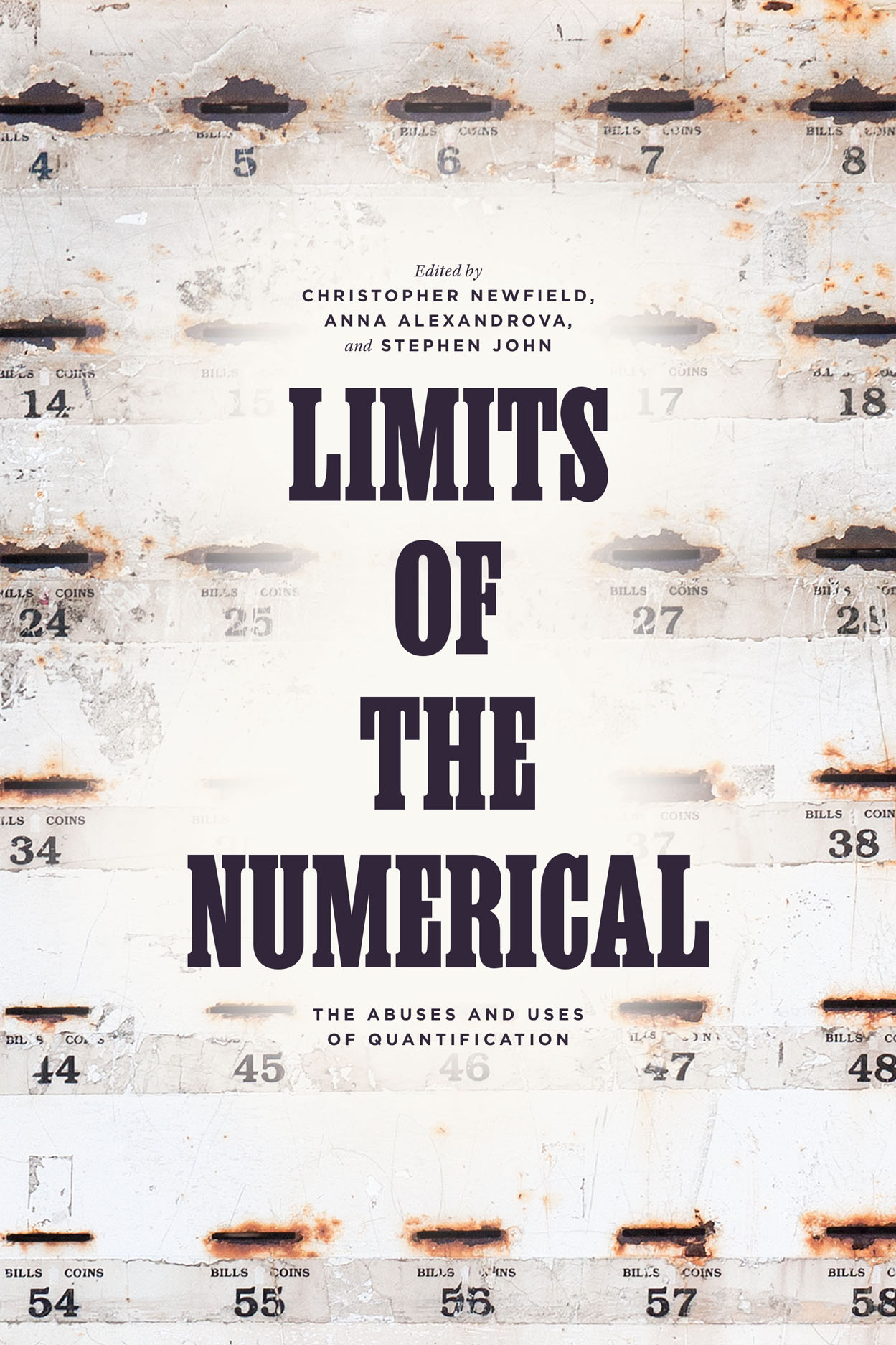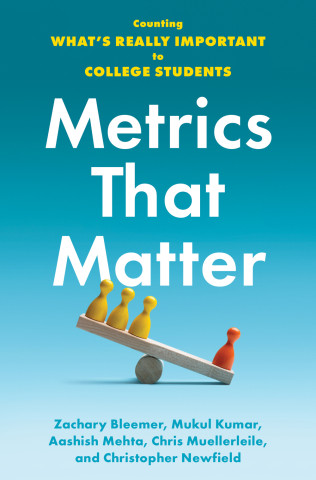 |
| UC Santa Barbara on April 11, 2014 |
Introduction
Today, I want to offer four propositions about the situation we confront today. Woven together, these propositions hint at a broader argument that I won’t be able to develop now but will be happy to expand on later. My hope is that these remarks will provide a useful context for those offered by Amy and Chris.
Proposition #1: The threat posed to US colleges and universities today is quite literally an existential threat.
To some, this claim may sound hyperbolic; it is not. A coordinated right wing assault on higher education has been underway for a half century now, and its origins can be traced back at least as far as Ronald Reagan’s election in 1980. More recently, this campaign has assumed more aggressive form as multiple state legislatures have amplified the precarity of the instructional workforce; eliminated programs that challenge racialized, gendered, and other forms of inequality; imposed gag orders on what faculty can and cannot say in the classroom; and much more. The state of Florida is the prototype of this campaign to employ governmental power to secure control over higher education; but, as we all know, this assault has now spread to states throughout the nation.
What we have seen in the second Trump administration is an emboldened deployment of the federal government’s power to advance this right wing project. The exemplar here is Columbia where, after impounding $400 million in funding, the federal government demanded that Columbia overhaul its admissions system; adopt an expansive definition of what counts as antisemitism; empower Columbia’s security officers to arrest so-called “agitators;” place specific academic departments under external control; and much more. On March 21, as we also all know, Columbia’s board of trustees and president acceded to most of these imperatives; and, in my view, that surrender is the act that identifies the American academy’s situation at this moment in time.
The larger lesson we should draw from this abbreviated history is this: The political right seeks to strip the American academy of its autonomy and hence its capacity for self-governance by rendering colleges and universities subject to state control on behalf of authoritarian ends. This is what Florida’s attorneys clearly told us when, in defending the law colloquially known as Stop WOKE, they declared that the university is merely an administrative unit of the state and its instructional employees are, and I quote, that unit’s “mouthpieces.” Should this construction come to prevail, what we call “academic freedom” will no longer exist, and what we call “universities” will no longer be worthy of that name. That, in short, is what I mean when I contend that the contemporary threat to higher education is indeed existential in nature.
Proposition #2: We cannot assume that those who rule US colleges and universities will defend the cause of higher education against this existential threat.
As evidence for this proposition, I would cite the failure of all but a very few university presidents and governing boards to fight back against this threat. This deplorable fact cannot be explained merely by citing the cowardice of the academy’s rulers. There is, I believe, a deeper structural cause at work here. We like to think of our universities as central to the vitality of a democracy and hence as sources of resistance to creeping authoritarianism. But that article of faith proves problematic when we recognize that America’s colleges and universities are themselves legally organized as autocracies. And, if that is so, then their structure of rule does more to replicate than to repudiate the authoritarian order that now seeks to reduce institutions of higher education to the status of compliant subjects.
To see the point, in your mind’s eye, conjure up a picture of the typical organizational chart of any American college or university or, alternatively, take a look at the charter, the constitution, or the enabling statute that dictates how the power to rule is distributed at the institution that now employs each of us. What one finds at the top of these hierarchically structured entities are governing boards, whether called trustees, regents, or whatever. The academy’s fundamental powers of governance are located by law within these bodies; and those powers include the authority to appoint as well as to remove the presidents whose foremost duty is to do the bidding of their superiors. Beneath these boards and presidents we find everyone else, whether designated as faculty or staff.
What renders the legal form of the American academy essentially autocratic is the structural exclusion of those subject to its rulers from any legally guaranteed title to participate in the exercise of rule. In our capacity as employees, in other words, we are defined by our lack of any enforceable right to make the rules by which we are governed or to select and hold accountable those who monopolize that authority. True, we may sometimes pass resolutions of no confidence in these rulers, but, because those resolutions have no binding force, in the last analysis, they testify not to our collective power but to our status as subordinates whose fate is ultimately determined by others.
Proposition #3: As we seek to contest the academy’s incorporation within an authoritarian regime, we need to think carefully about the tools available to us for that purpose.
Think, for example, of the idea of shared governance. At those colleges and universities where shared governance has not already been gutted, appeals framed in this vernacular can sometimes provide faculty a voice, as is the case, for example, in faculty senates. But the fact remains that the power exercised by these representative bodies is always subject to constriction or even abolition, whether by governing boards and/or, in public institutions, by state legislatures. To grant this is not to suggest that we should abandon entirely appeals framed in the language of shared governance. But it is to say that these appeals will remain inadequate as vehicles of faculty empowerment so long as the legal form of the American academy remains essentially autocratic.
For a second tool of resistance, think of unionization and collective bargaining. True, unions can push for better working conditions, higher wages, and due process protections against the worst excesses of arbitrary rule. Equally if not more important, unions can organize faculty struggles to withhold the form of power that the university cannot do without: the power of our labor. That said, it remains true that unions operate within the confines of an essentially antidemocratic institutional structure; and, for that reason, unionization is a strategic tool that can accomplish many things but not everything.
In the last analysis, each of these two tactics—shared governance and unionization—represent strategies of accommodation insofar as they accept as a given the academy’s autocratic legal structure. That structure is a contingent relic of colonial America that was first adopted not to ensure realization of the academy’s educational mission, but, instead, to guarantee the ongoing control of our earliest colleges by political, economic, and clerical elites. Until we question this anachronism, our universities will continue to be ruled by governing boards whose members are unequipped as well as indisposed to safeguard the distinctive work of the academy. To plead with these bodies or their chief executive appointees to save us from the likes of Ron de Santis and Donald Trump is not to affirm the cause of self-governance. Rather, it is to acknowledge our dependence on those who enjoy the powers we are denied.
Proposition #4: Our choice of strategies today must be informed by an ideal of what we believe the American academy should be and must become if it is to sustain the fragile good we call free inquiry.
Because today’s onslaught against US higher education is so aggressive, I worry that we will lapse into a defensive crouch where our only aim is to safeguard what we have not yet lost; and I worry that we may seek to defend institutionalized arrangements that are deeply problematic, whether that be higher education’s current dependence on federal and state funding or the ways we now seek to accomplish the goals of diversity, equity, and inclusion. Yes, of course, we must do what we can to resist governmental encroachments on higher education, but we must also nurture our collective capacity to imagine a very different university than the one we inhabit today.
As we consider possible futures, I would suggest that our inquiry be informed by two principles that must be realized if free inquiry is in fact to remain free. First, the American academy must be sufficiently autonomous to ward off intruders who would betray its proper end; and, second, the American academy must be self-governing in the sense that those who do its work must enjoy the capacity to determine how the university’s end is to be accomplished. Autonomy and self-governance, in my view, are the watchwords that should inform our strategies and struggles in the days to come; and that is especially so since, today, these are precisely the two conditions that the right wing assault on US higher education now seeks to eliminate.
Let me close with this: In 1913, a scholar whose name we do not know declared that it is self-contradictory and indeed dangerous to believe that a nation can remain democratic if its universities are organized autocratically. In response, another scholar asked how the American academy might be reconstituted as a “democracy of scholars serving the larger democracy of which it is a part.” That, I submit, is not a bad way to frame our task today.




0 comments:
Join the Conversation
Note: Firefox is occasionally incompatible with our comments section. We apologize for the inconvenience.